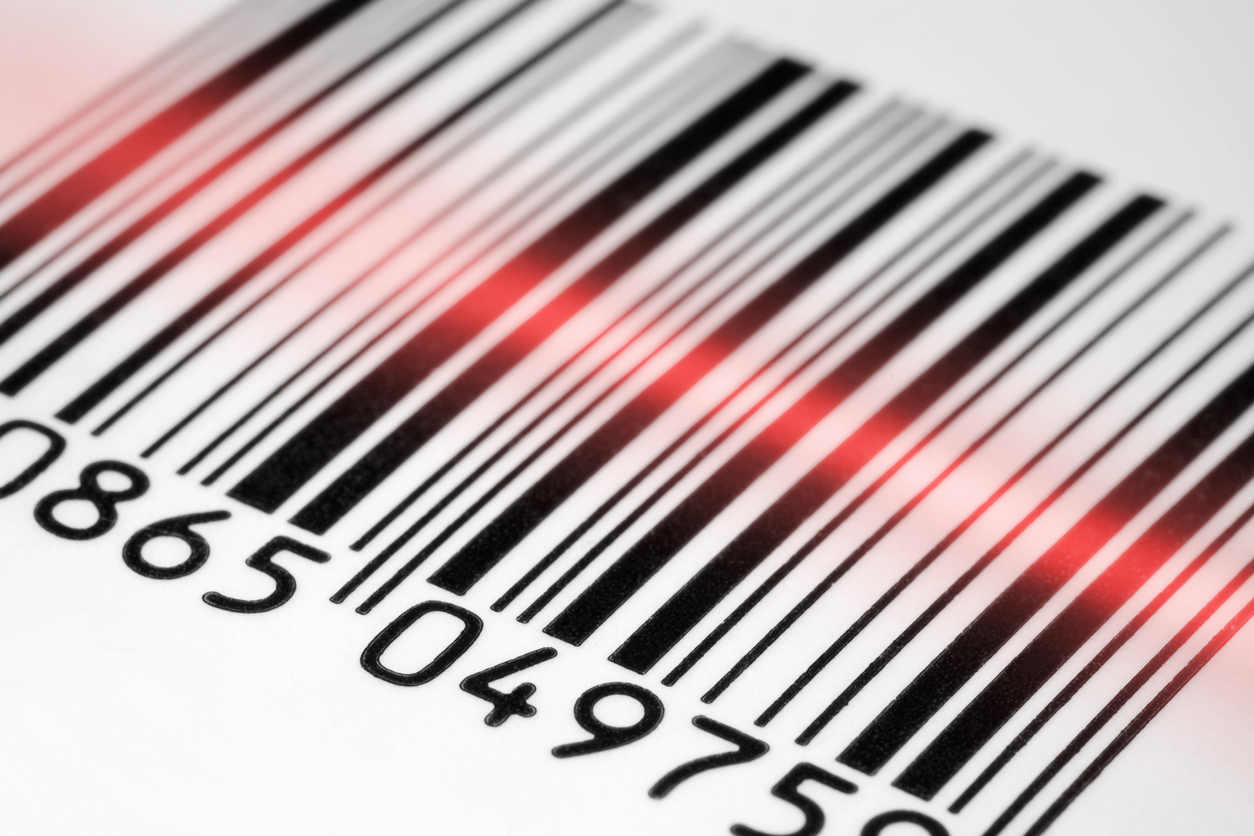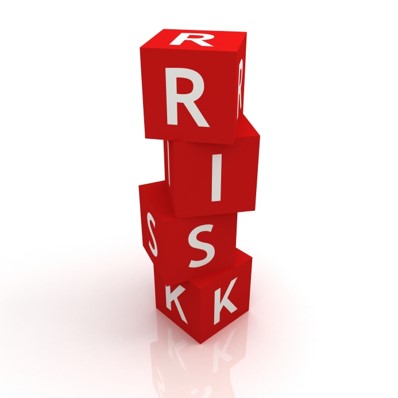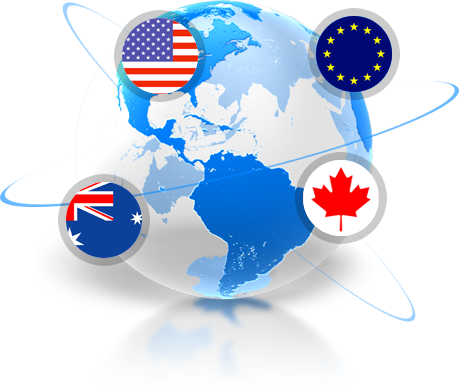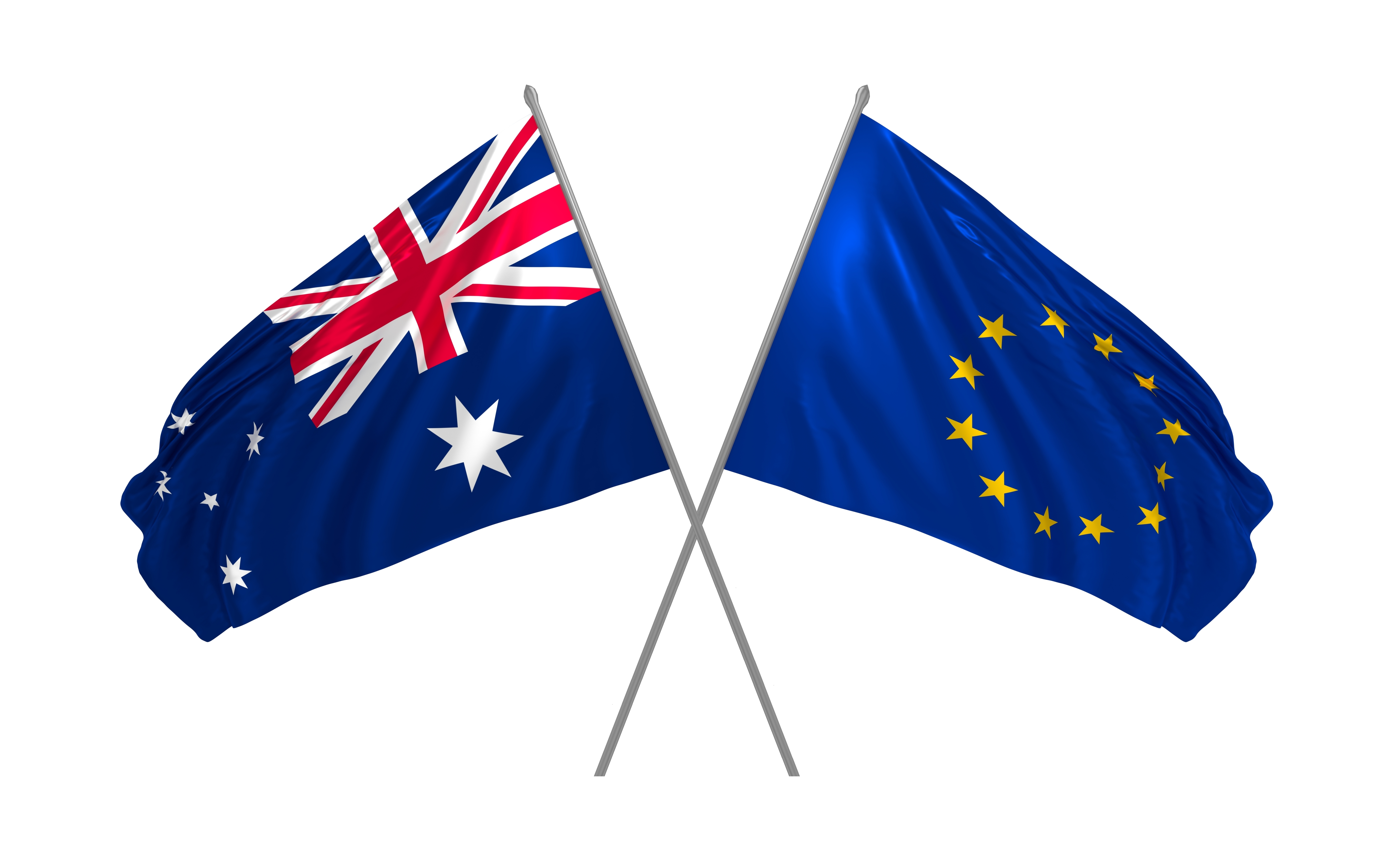
In Australia the Therapeutic Goods Administration (TGA) overseas the medical devices which are placed on the market. The TGA enforces the Therapeutic Goods (Medical Devices) Regulations 2002 as amended. Guidelines to the Regulations can be found at Australian Regulatory Guidelines for Medical Devices (ARGMD). Pre-market: Determine if your product is a medical device? Does your product meet the definition of a medical device, whereby the product is intended to be used on humans for any of the following; Diagnosis, prevention, monitoring, treatment or alleviation of disease Diagnosis, monitoring, treatment, alleviation of or......
Continue Reading

With a Brexit deal or no Brexit deal still on the cards, when either outcome comes into effect, the UK will be considered a third country. Countries which are located outside the EU are considered ‘third countries’. To ensure uninterrupted market access, it is advised for manufacturers to prepare for Brexit. Implications for product on the Australian market: The TGA will continue to recognise conformity assessments from UK based Notified Bodies for existing and new ARTG listings and applications. The TGA will recognise: Device certifications by UK notified bodies through 31 Dec......
Continue Reading

Do you need to comply with the Advertising Code 2018 if you already comply with ISO 15223-1? The answer is yes! Selling medical devices on global markets requires that labelling must comply with local region labelling and advertising requirements. Each country will have specific requirements, so how are they addressed to satisfy Australian Market requirements? First thing to consider for your device, does the labelling requirements meet the Essential Principle 13.1, schedule 1, Part 2. This information can be depicted with the use of symbols defined in ISO15223-1 Medical Devices – Symbols......
Continue Reading
0
Unique device identifiers (UDI)
Posted by:admin
December 19, 2018
in:EU, FDA, Medical Technology Regulation, News, TGA

What is it? This is a system by which medical devices are identified through their distribution and use. UDI information must be placed on the label and/or package of the device and will be both human and machine-readable form. The UDI is a set of alphanumeric codes which consists of both a device identifier (this is company and product code) and production information (manufacturing information: product name, expiration date, lot/batch numbers, manufacturer details). How and when to comply: US (FDA)In 2013 the FDA released a rule which determined that there would be......
Continue Reading
0
Understanding MDSAP
Posted by:admin
November 13, 2018
in:EU, FDA, Medical Technology Regulation, News, TGA, Uncategorized

MDSAP (medical device single audit program) is an international program, which allows a single regulatory audit of medical device manufacturer’s QMS’ for the following regulatory agencies: • Therapeutics goods Administration (TGA) – Australia • Agência Nacional de Vigilância Sanitária (Anvisa) – Brazil • Health Canada (HC) – Canada • Food and Drug Administration (FDA) – US • Ministry of Health and Labour and Welfare (MHLW) – Japan The benefit of MDSAP, is one single quality system inspection that will encompass 5 markets versus having to complete 5 separate audits. One single audit......
Continue Reading
0
The Importance of Risk Management
Posted by:admin
October 25, 2018
in:EU, FDA, Medical Technology Regulation, News, TGA

Risk management is a key component to demonstrate regulatory compliance for medical devices, it contributes to the medical device company’s ability to meet the regulatory requirements for approval from local regulatory authorities. Effective risk management is essential for determining whether the benefits of the product outweigh any potential risk to the patient. ISO 14971 ’Medical devices – Application of risk management to medical devices’ is the international standard for the application of risk management by a manufacturer to medical devices, including in vitro diagnostics (IVD’s). ISO 14971 is accepted by the TGA......
Continue Reading

Formulating a well defined and researched regulatory strategy is vital for medical device and in-vitro diagnostic (IVD) companies. The regulatory world is constantly evolving, with Brexit and the introduction of the new MDD and further changes planned for the coming years, it is important that a regulatory strategy is reviewed and updated as new and updated requirements are identified. New requirements and/or updates could have a significant impact on existing or new products. Regulatory standards are used to assess the safety, efficacy and quality of medical devices throughout the product lifecycle. There’s......
Continue Reading

The global medical device regulatory space is becoming increasingly complex, making a well defined and researched regulatory strategy vital for medical device and in-vitro diagnostic (IVD) companies. With many changes planned for the next few years, a regulatory strategy ensures that you are well informed and aware of all existing requirements as well as any new or updated ones, which may impact the marketing of your device. We define the regulatory strategy as the ‘roadmap to market’ – because this describes the regulatory requirements that need to be addressed. There are a......
Continue Reading

Transition planning is critical As the March 2019 deadline for ISO 13485:2016 is fast approaching, now is the time to start actively planning for the transition. When planning for the transition, it is important to consider the resources and time required to update your Quality Management System (QMS) as well as regulator assessment times. In addition, companies must also define the project so that there is clear understanding of the specific processes that need the most work and the impact that this work has on any other requirements. Planning considerations We recommend......
Continue Reading

Selling any product into the European market can be simplified if a manufacturer can show that it complies with appropriate regulations. For medical device manufacturers, this compliance is vital. Regulatory strategy planning is a critical step in the development and marketing of any medical device so it is important to understand the regulatory requirements of target markets, which can be quite different from country to country. It is equally important to have a clear understanding of the intended use, indications and claims for a device as these influence how to classify or......
Continue Reading
